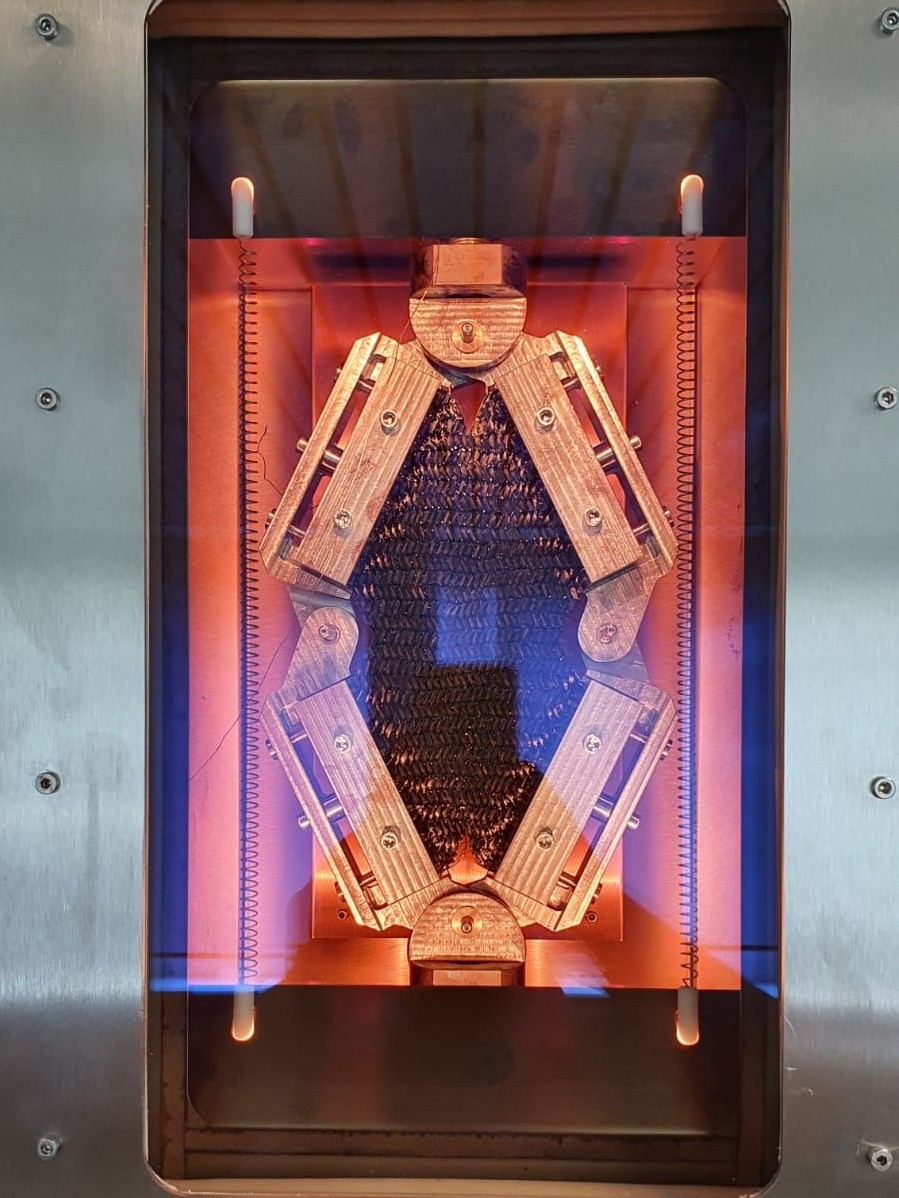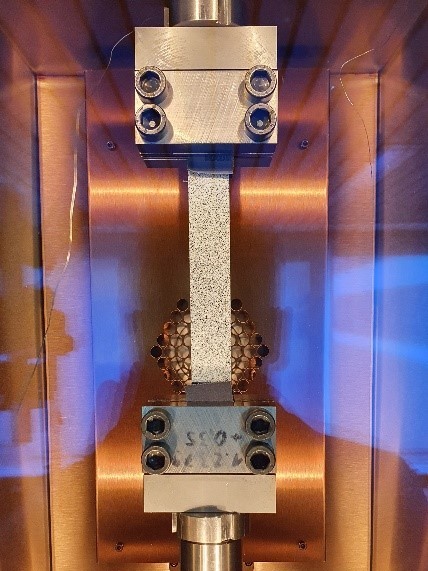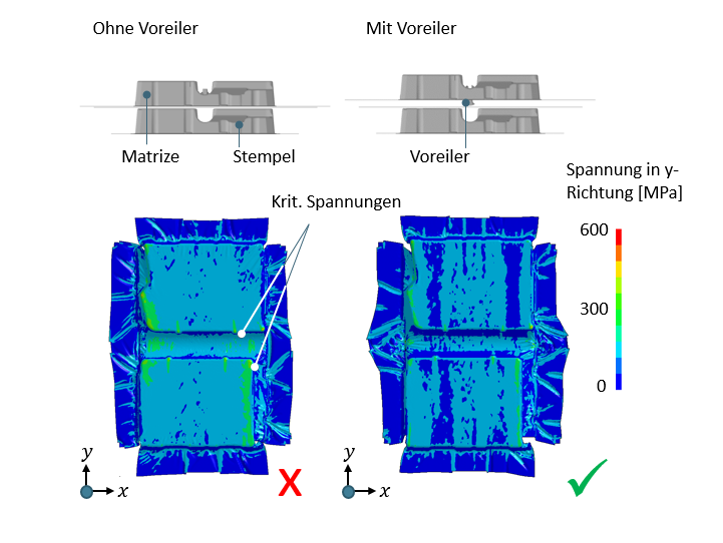Bernd-Arno Behrens, Florian Bohne, Ralf Lorenz, Hendrik Arndt, Sven Hübner, Moritz Micke-Camuz (2020); Procedia Manufacturing, Volume: 47, Pages: 11-16
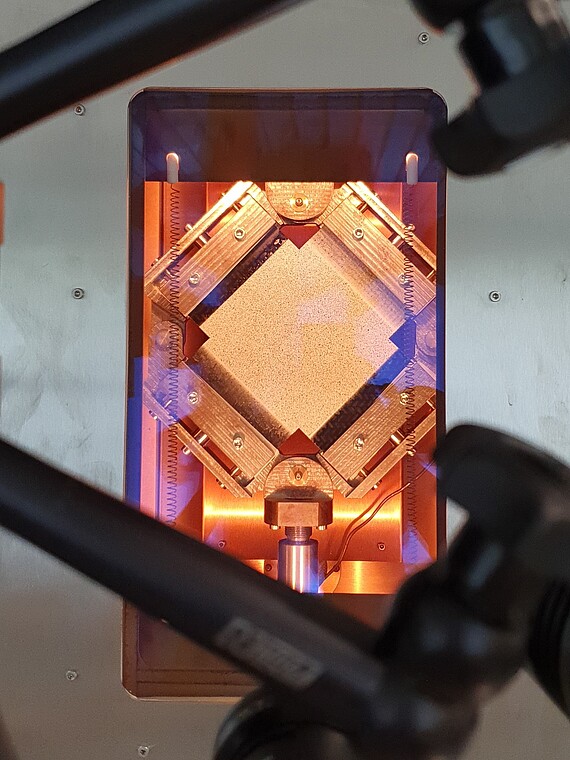
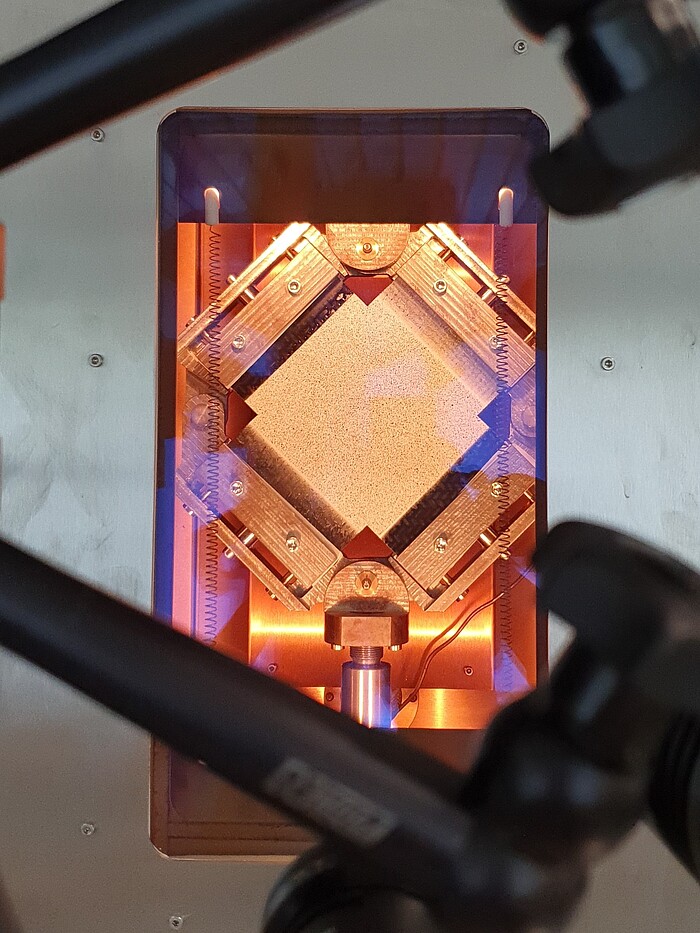
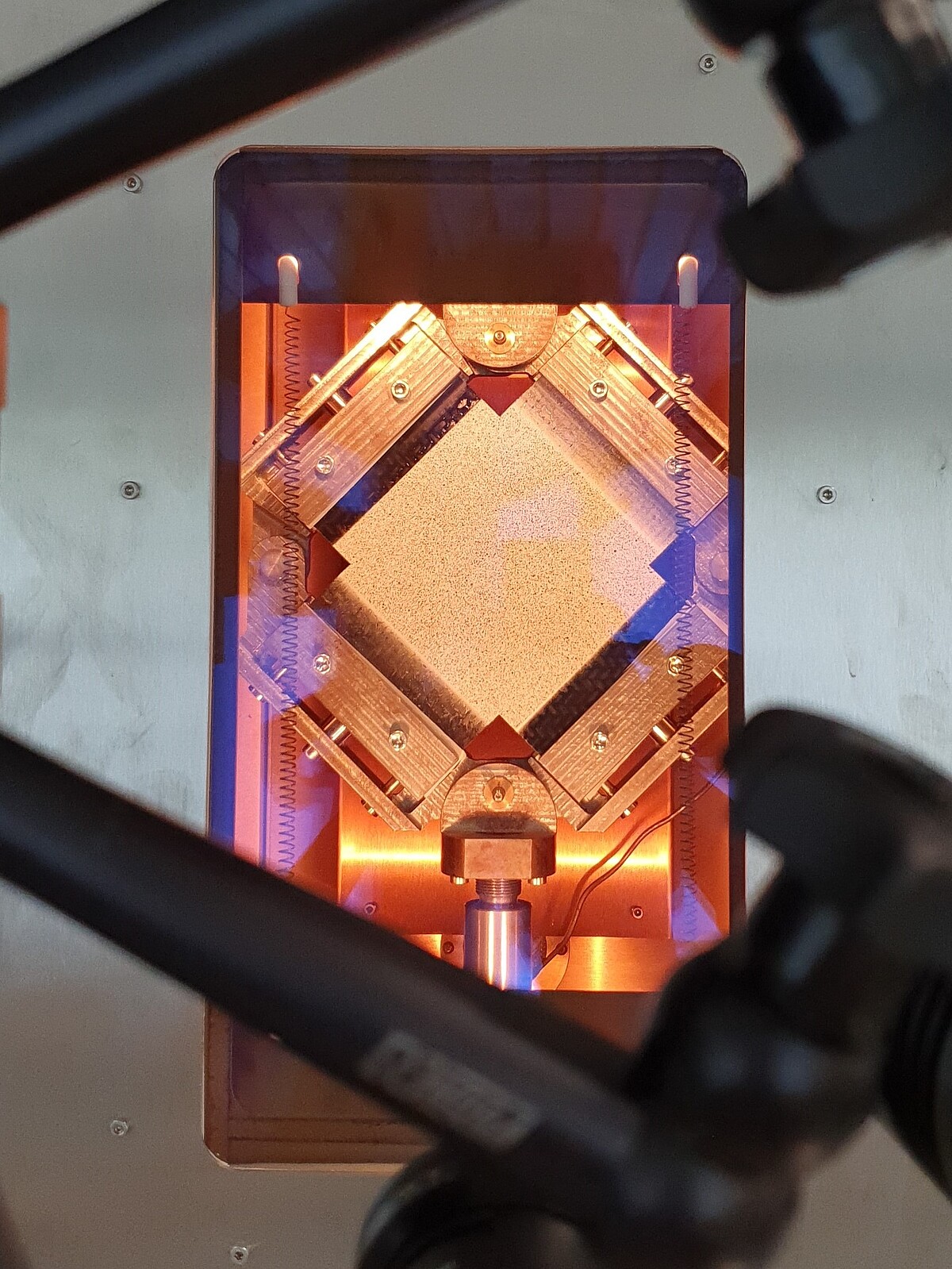
Due to increasing performance requirements for structural components as well as cost pressure, classic lightweight material design is increasingly replaced by intelligent lightweight solutions with a focus on material mix and hybrid lightweight design. The use and the integration of fibre-reinforced plastics (e.g. organic sheets, unidirectionally reinforced laminates or glass mat-reinforced thermoplastics) in existing forming processes enables the production of innovative hybrid components that meet the increasing requirements. Due to the complex temperature and strain rate dependent material behaviour of FRP as well as for process simulations, new characterisation methods and material models are needed. At IFUM, the focus is on thermomechanical material characterisation to determine the tensile, compressive and shear properties under process-oriented boundary conditions. With the help of the experimental material properties, existing material models are parameterised and extended or new material approaches are developed.
Publication
This paper addresses the finite element-based modelling and experimental validation of the flow behaviour of a glass mat reinforced thermoplastic (GMT). In addition, the interaction of GMT and unidirectional (UD) tape inserts is investigated. The simulation model is set up in LS-Dyna. To model the high degree of deformation of the GMT, the smooth particle hydrodynamics (SPH) method is used. A viscoplastic material model is applied to account for strain rate as well as strain hardening flow behaviour. For the experimental validation of the numerical investigations, a heated plate die was designed, which contains two internal pressure sensors as well as a temperature sensor. With the help of this experimental setup it is possible to investigate the pressure increase, pressure differences and surface temperatures of the GMT as well as the time-dependent position of the flow front. In addition to the pressure differences across the contact area between the die and GMT, there are differences in wall thickness, fibre orientation and fibre matrix separation as a function of the flow path.



